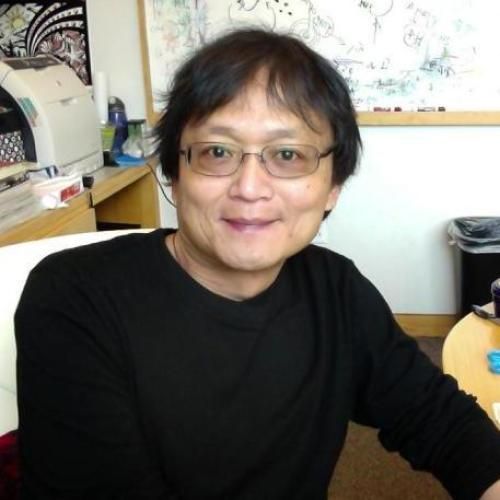Overview
My laboratory studies the regulatory functions of protein acetylation in cell signaling and human disease. We focus on a class of protein deacetylases, HDACs, which we have discovered versatile functions beyond gene transcription. We wish to use knowledge of HDAC biology to develop smart and rational clinical strategies for HDAC inhibitors, a growing class of compounds that show potent anti-tumor and other clinically relevant activities. Currently, there two major research major areas in the laboratory: aging/age-related disease, and mitochondrial biology/cancer metabolism.
(1) Quality control (QC) autophagy in aging and neurodegenerative disease. The accumulation of damaged proteins and mitochondria is prominently linked to aging and age-associated disease, including neurodegeneration, metabolic disorders and cancer. Autophagy has emerged as specialized degradation machinery for the disposal of damaged protein aggregates and mitochondria, two common denominators in neurodegenerative diseases. We have discovered that this form of quality control (QC) autophagy is controlled by a ubiquitin-binding deacetylase, HDAC6. Using both mouse and cell models, we are investigating how HDAC6 enforces QC autophagy and its importance in neurodegenerative disease and metabolic disorders. The potential of HDAC6 as a therapeutic target is being actively pursued.
(2) HDAC in mitochondria function and quality control. Acetyl-CoA is the donor of acetyl group for protein acetylation and numerous metabolic reactions. Remarkably, many mitochondrial enzymes and proteins are subject to acetylation. We are interested in characterizing the roles of HDAC in mitochondrial adaptation to changing metabolic demands and elucidating the intimate relationship between metabolism and protein acetylation.
(3) HDAC, skeletal muscle remodeling, regeneration and neuromuscular disease. Skeletal muscle undergoes active remodeling in response to change in neural inputs or damage. Loss in neural input causes dramatic muscle dysfunction and disease, such as ALS. We have discovered that neural activity controls muscle phenotype through HDAC4, whose activity becomes deregulated in ALS patients. We have characterized this novel HDAC4-dependent signaling pathway and are evaluating modulators of this pathway for potential clinical utility in motor neuron disease.

